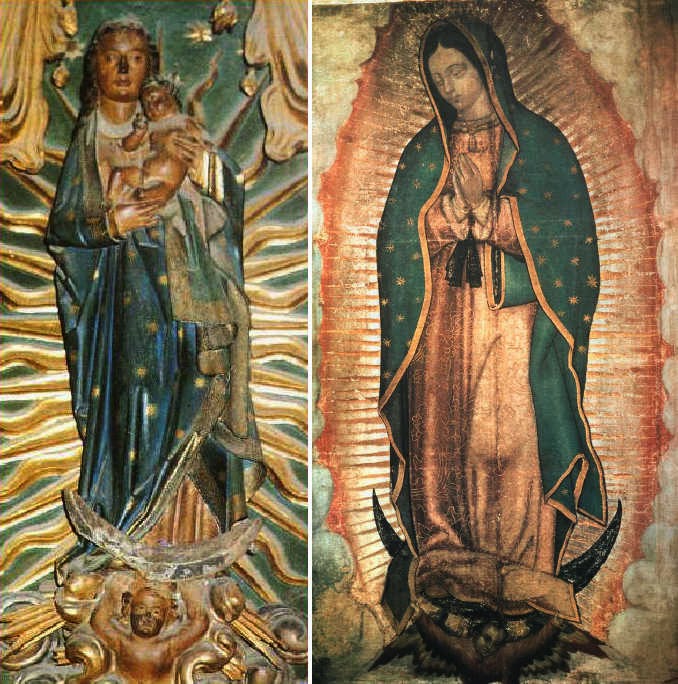The Ethiopian Fashion Tribe that turns Nature into Haute Couture
Remember when you tried to get creative and bejewel your jean shorts or decorate your new tennis shoes with a Sharpie pen? Well this is not that. In the Omo Valley of southern Ethiopia, the Surma and Mursi people don’t have glue guns, sewing machines, sequins or Sharpies to accessorise with. Inspired by the tools and textiles provided by nature alone, these ancient African tribes manage to create their own unique fashion that could easily rival and certainly influence the avant garde looks of Haute Couture Fashion Weeks around the world.
These rare photographs of what is believed to be among the most unique and remote tribal people in the world, were captured by German-born artist Hans Silvester. Born in 1938, with an impressive career behind him, Hans has documented everything from the ravages of deforestation in the Amazon to the lives of women in the Great Indian Desert.
For his most recent work featuring the Surma and Mursi people, the photographer immersed himself into daily tribal life to chronicle and “save…as much as possible of this truly living art.”
The two tribes reaching the southern end of Ethiopia and the northern part of Kenya share a similar culture. Their homelands are remote, located in desolate mountains in a largely unexplored region. But as civilization encroaches and civil war becomes more violent, Hans worries that these people will lose their delightful tradition.
They have practised some of the same traditions that their ancestors did centuries ago living in the same remote area, but most tribes now carry AK47s to hunt or protect themselves from tribal rivalries, provided by parties in the Sudanese Civil War. Police allow foreigners to travel there only with a hired armed guard.
Still, despite the inevitable contamination from the outside world, the tribespeople, women and adolescent children in particular, show an innate artistic sense.
Because they are a nomadic people without permanent architecture on which to express their art, they use their bodies as their canvases, embelleshing their skin with mineral pigments from powdered volcanic rock and dressing themselves in “textiles” obtained from the natural world around them.
Body accessories and spectacular avant-garde looking headpieces are made with just flowers, leaves, grass, shells and animal horns. They have an exquisite and innate sense of form, shape and colour.
What I love most about this, is that it’s 100% original. You can be certain the tribespeople aren’t flicking through the pages of Vogue or looking back at style icons of the 60s for inspiration. Their fashion is truly inventive and they are each natural born fashion designers.
Far from the runways of Paris and the fashion houses of Milan, they are from an alternate fashion world, where what you wear is subject to mother nature’s infinitely changing elements, the colours “in season” truly do depend on the season, and individuality is the only trend.
Hans Silvester has two books featuring his stunning photographs. Natural Fashion: Tribal Decoration from Africa and Ethiopia: Peoples of the Omo Valley, both available on Amazon.
Photographs via the Marlborough Gallery.

Comentarios